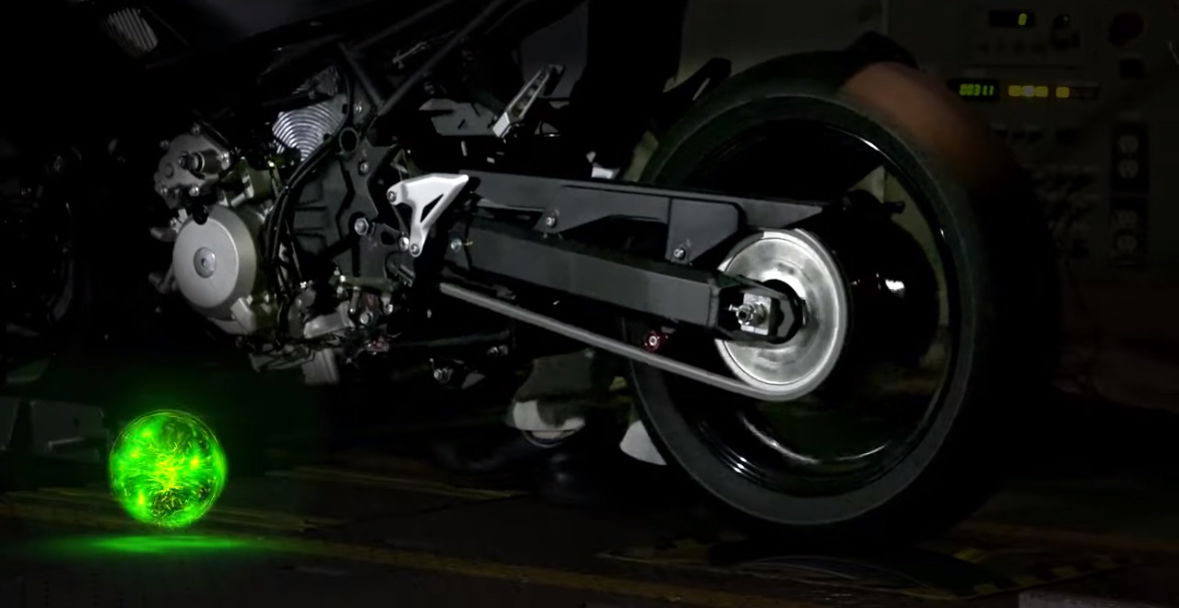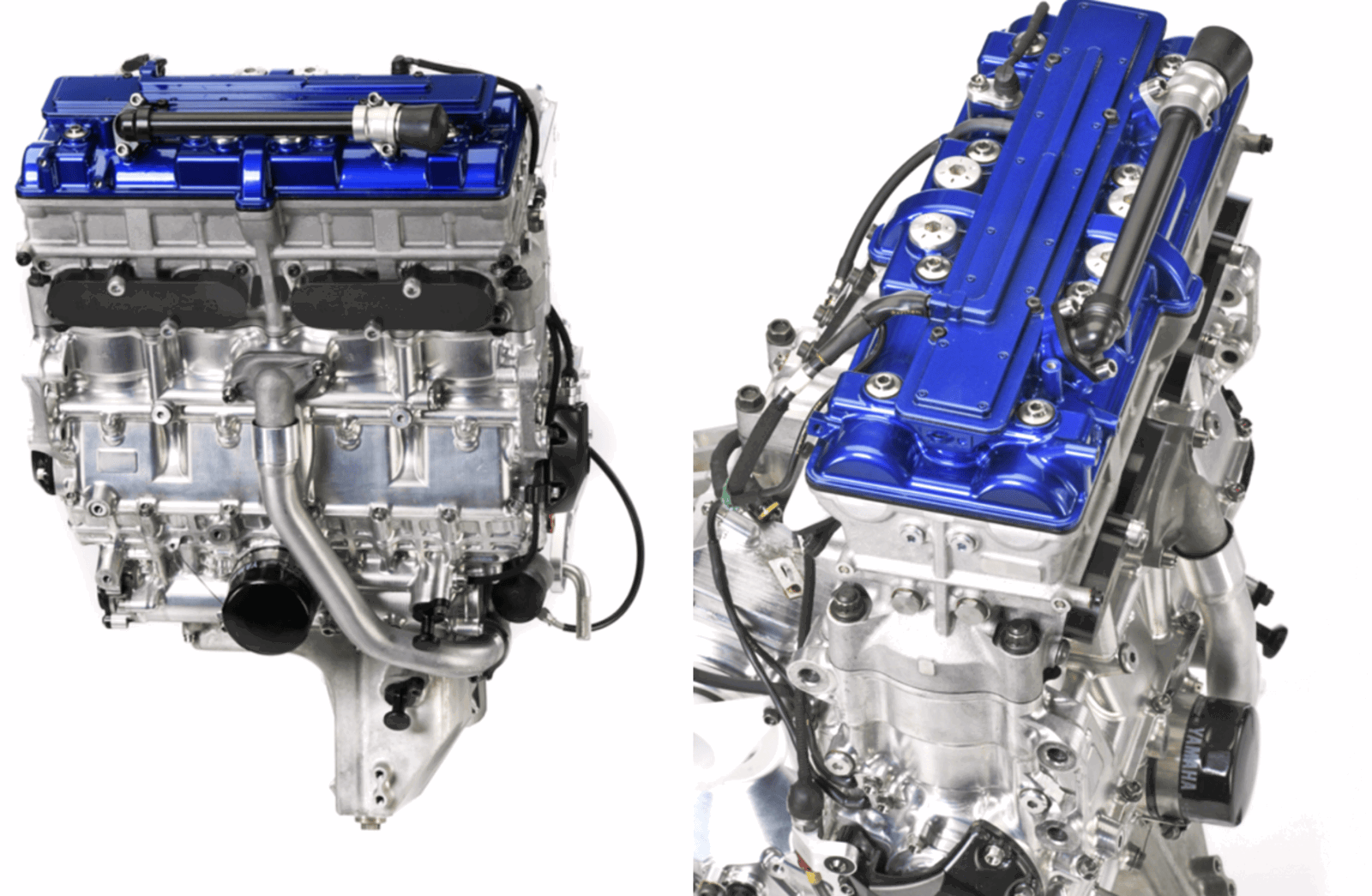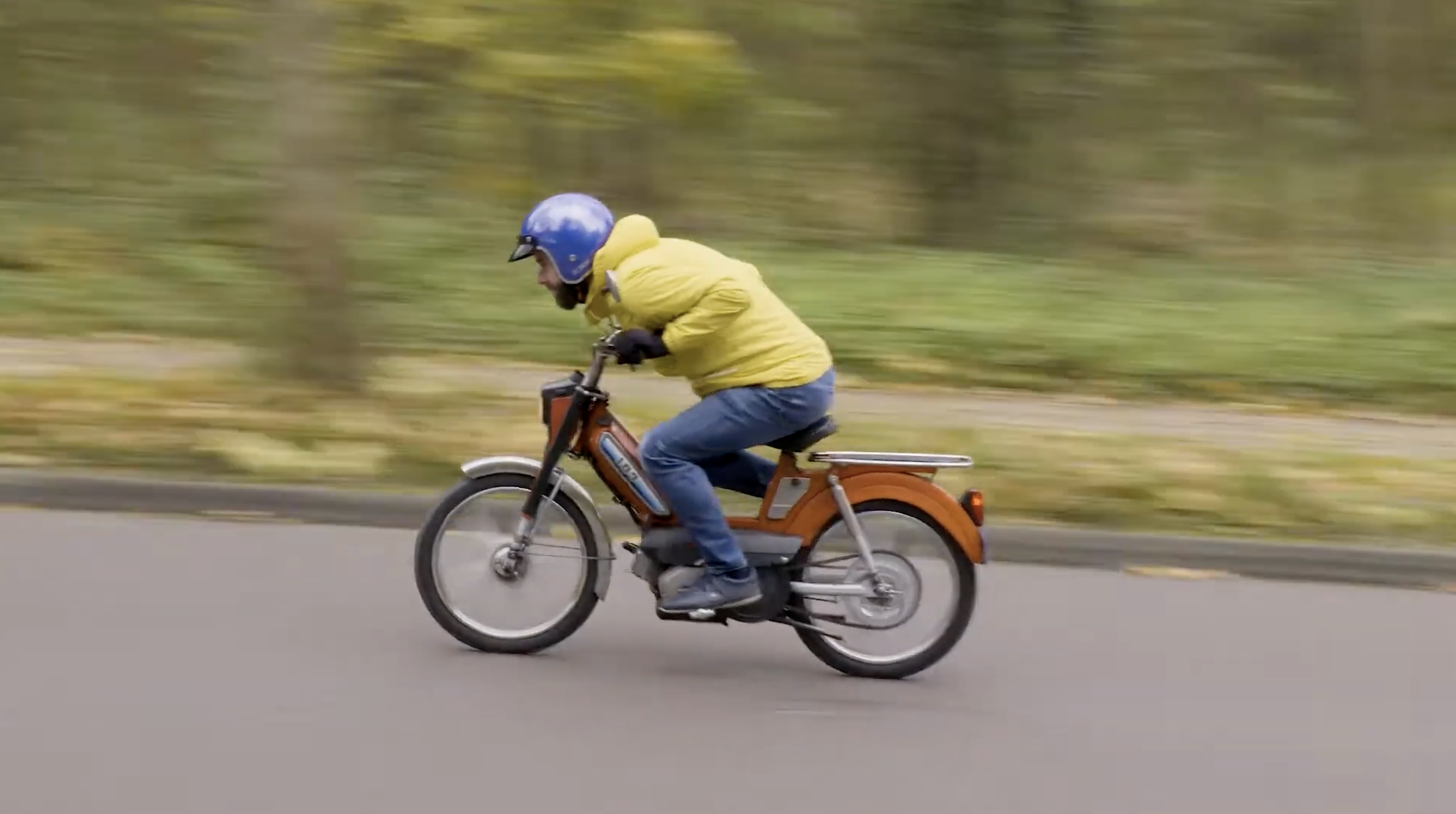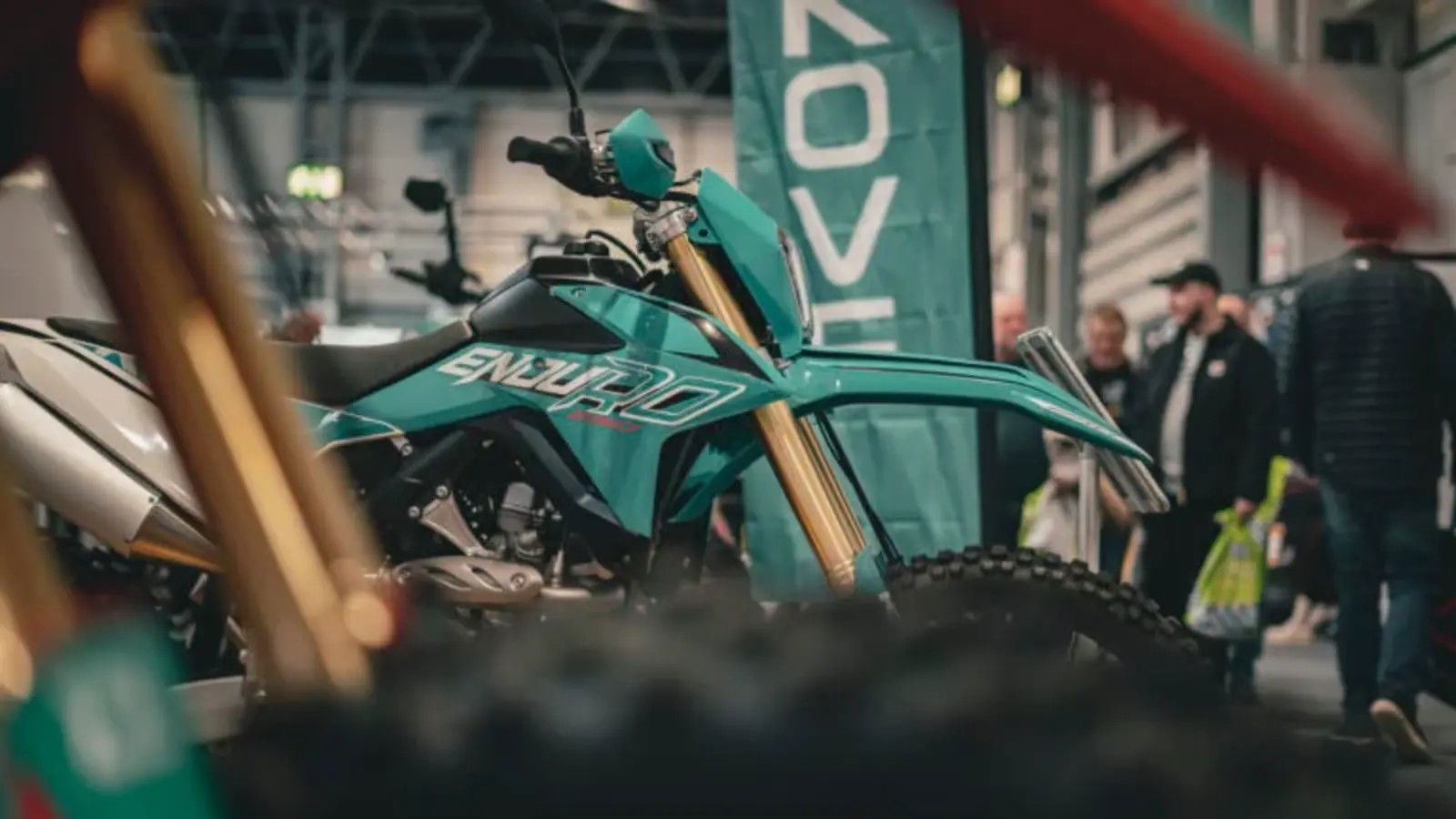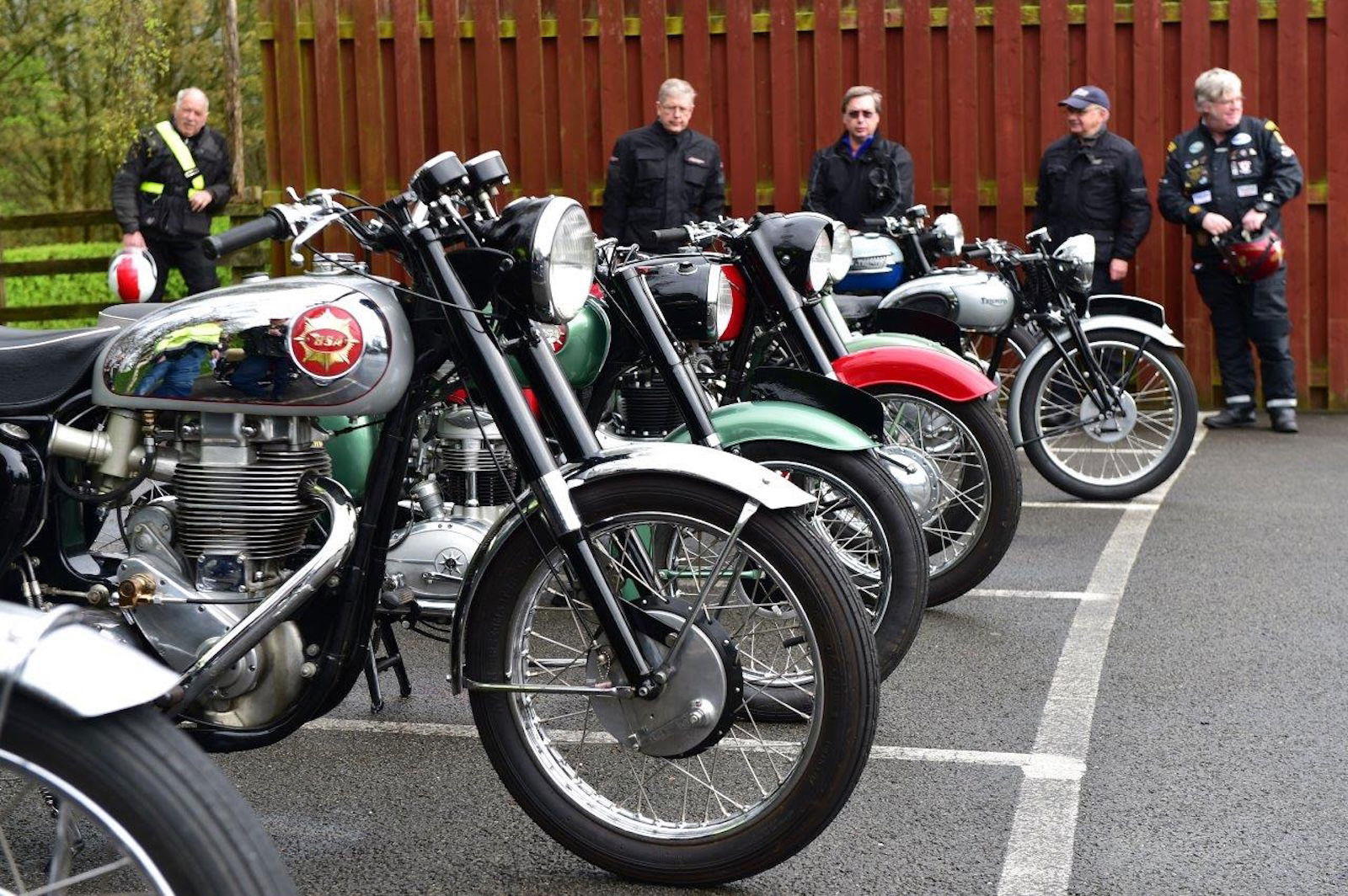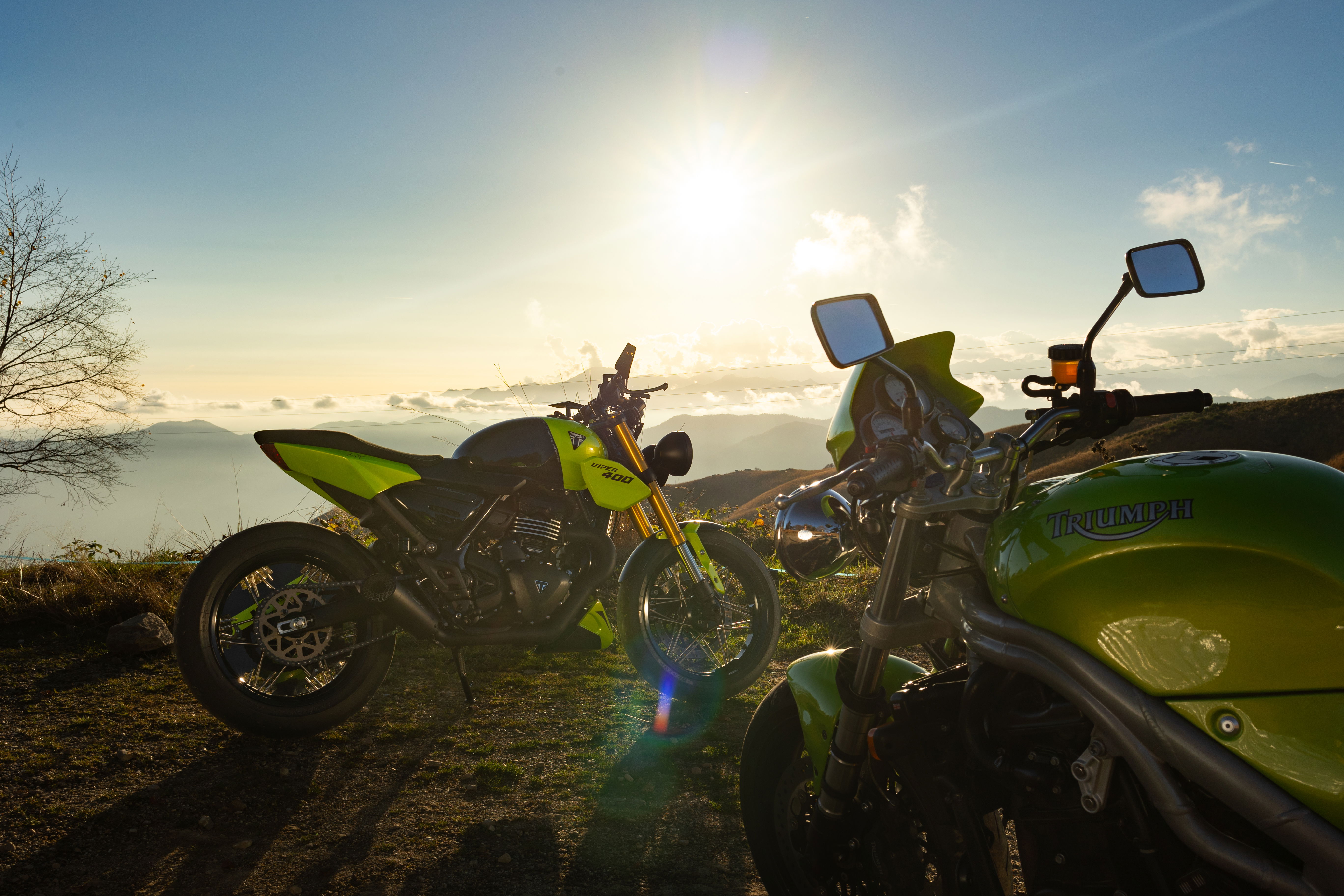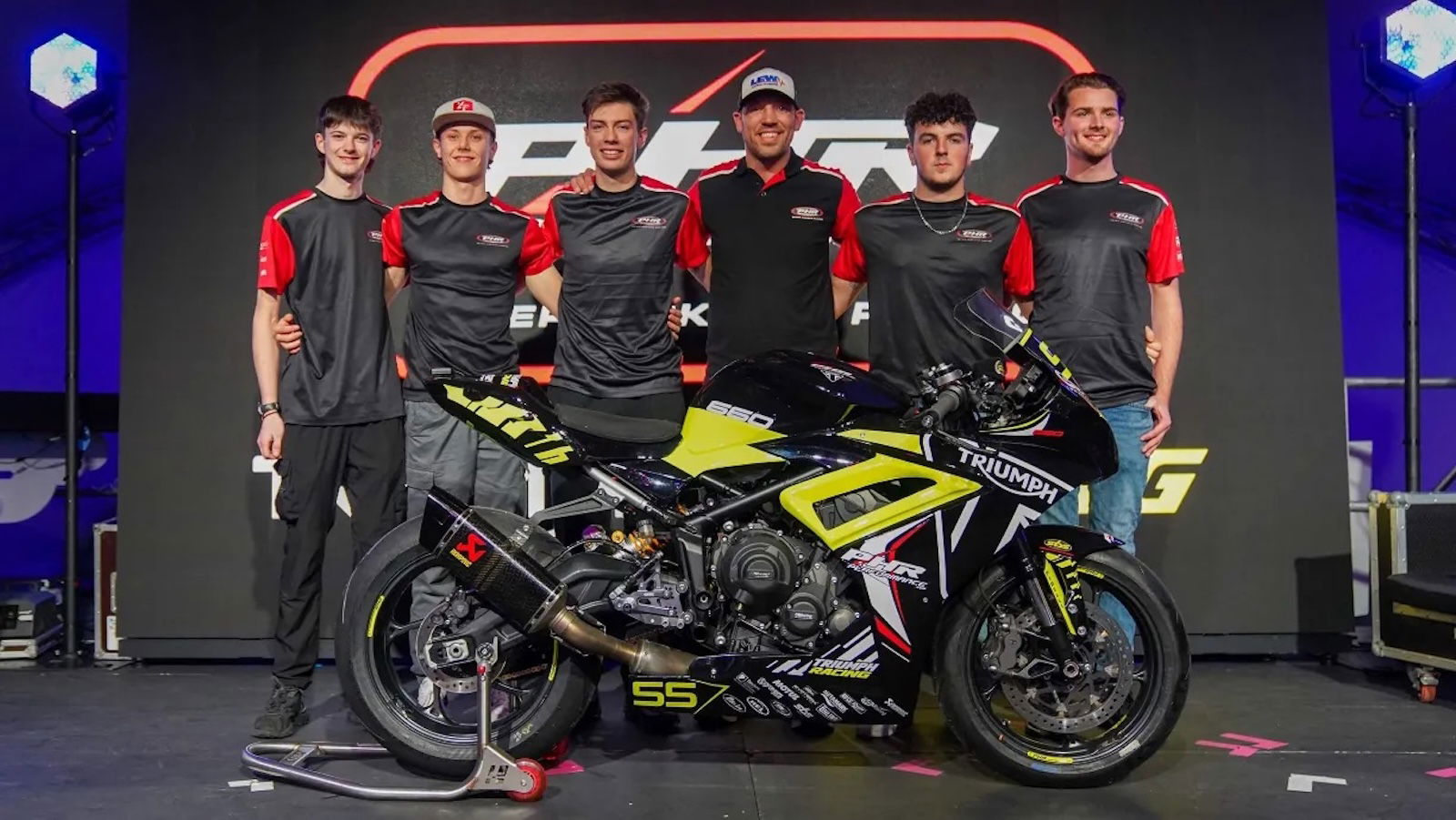2021 Honda CMX 1100 Rebel specs, features, and details
The rumours were right - a big-bore Honda CMX 1100 Rebel will be joining the range in 2021
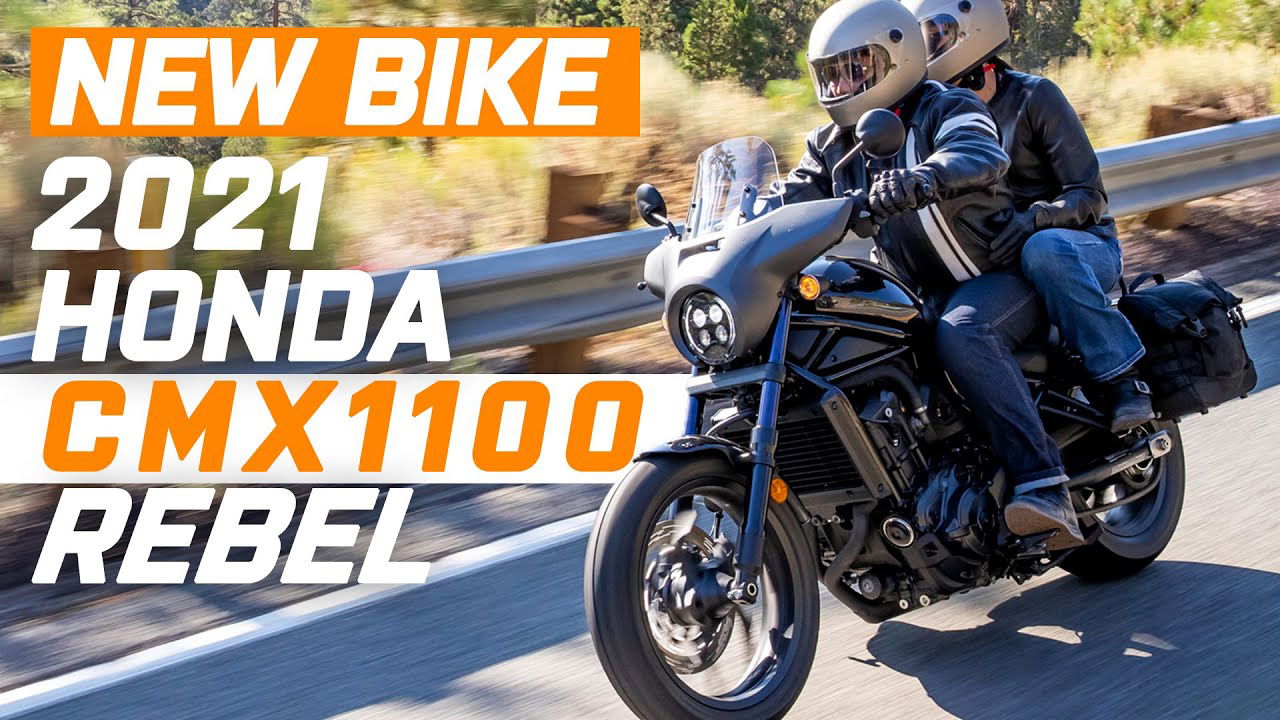
ONE of the most closely followed rumours of 2020 was the whisper from Japan that a Honda CMX 1100 Rebel would be joining the fleet for 2021.
Now we can confirm that Honda is indeed adding a big-bore CMX to the range, in the form of the 1100 Rebel.
The bike is a refreshing new model from Honda, which in recent years had seemed to shun the cruiser sector in some markets, instead preferring to focus its efforts on naked, adventure, and sports motorcycles. The success of the small capacity (and A2 friendly) CMX 500 Rebel was no doubt a key factor in making the decision to scale up the bike into the 1100cc version.
Here’s everything that you need to know about the newest model from Honda.
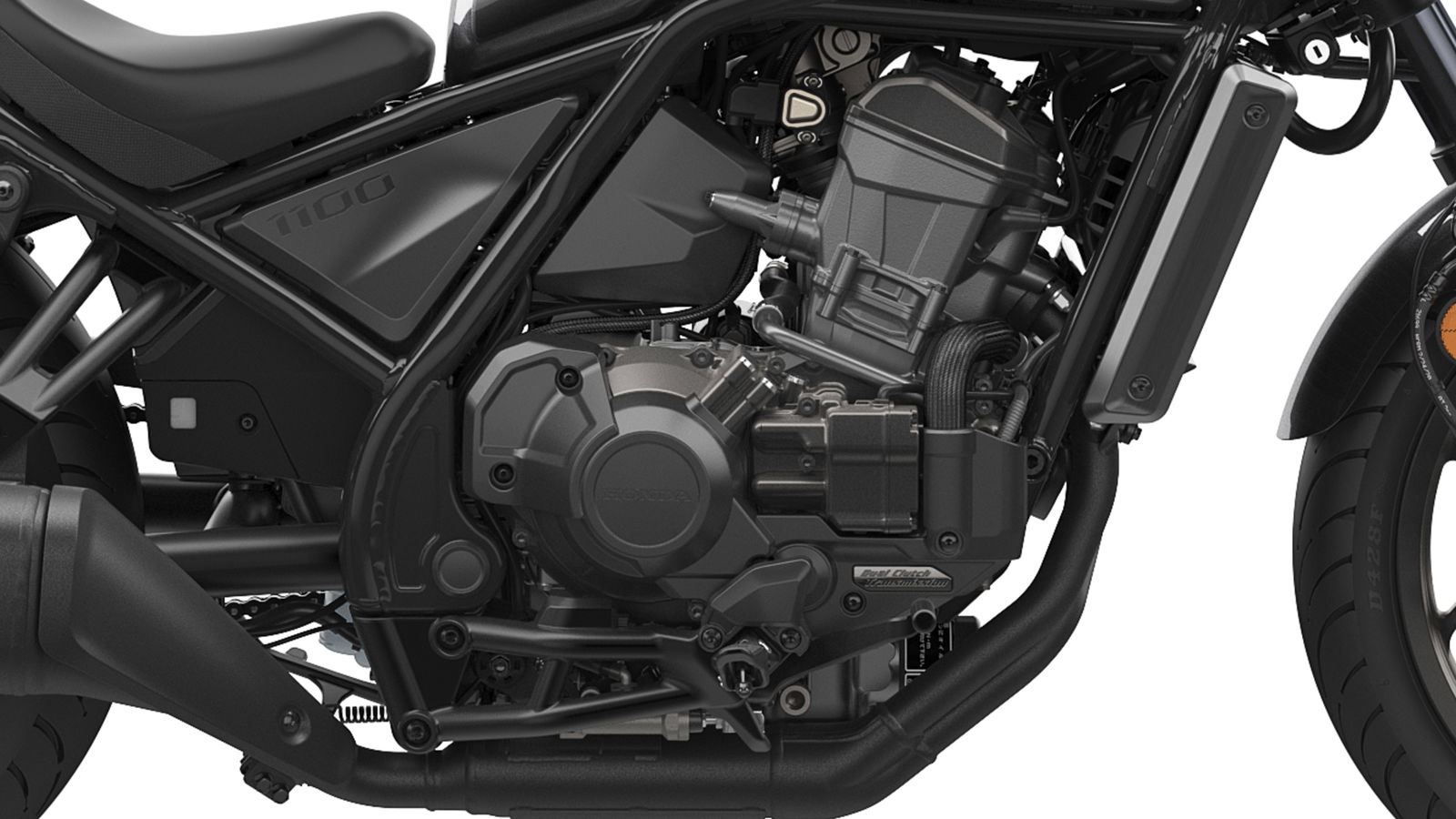
Honda CMX 1100 Rebel engine
- 1,084cc parallel-twin drawn from the CRF1100L Africa Twin
- 87bhp @ 7,000rpm – 72lb-ft @ 4,750rpm
- Throttle By Wire, engine management, and tuned exhaust note
At the heart of the CMX 1100 Rebel is the 1,084cc engine that also resides in the latest generation CRF1100L Africa Twin. Rather than just slot in the adventure bike’s engine and leave it as it is, Honda have given the unit a thorough going over, with mechanical and electronic changes helping to transform the powerplant.
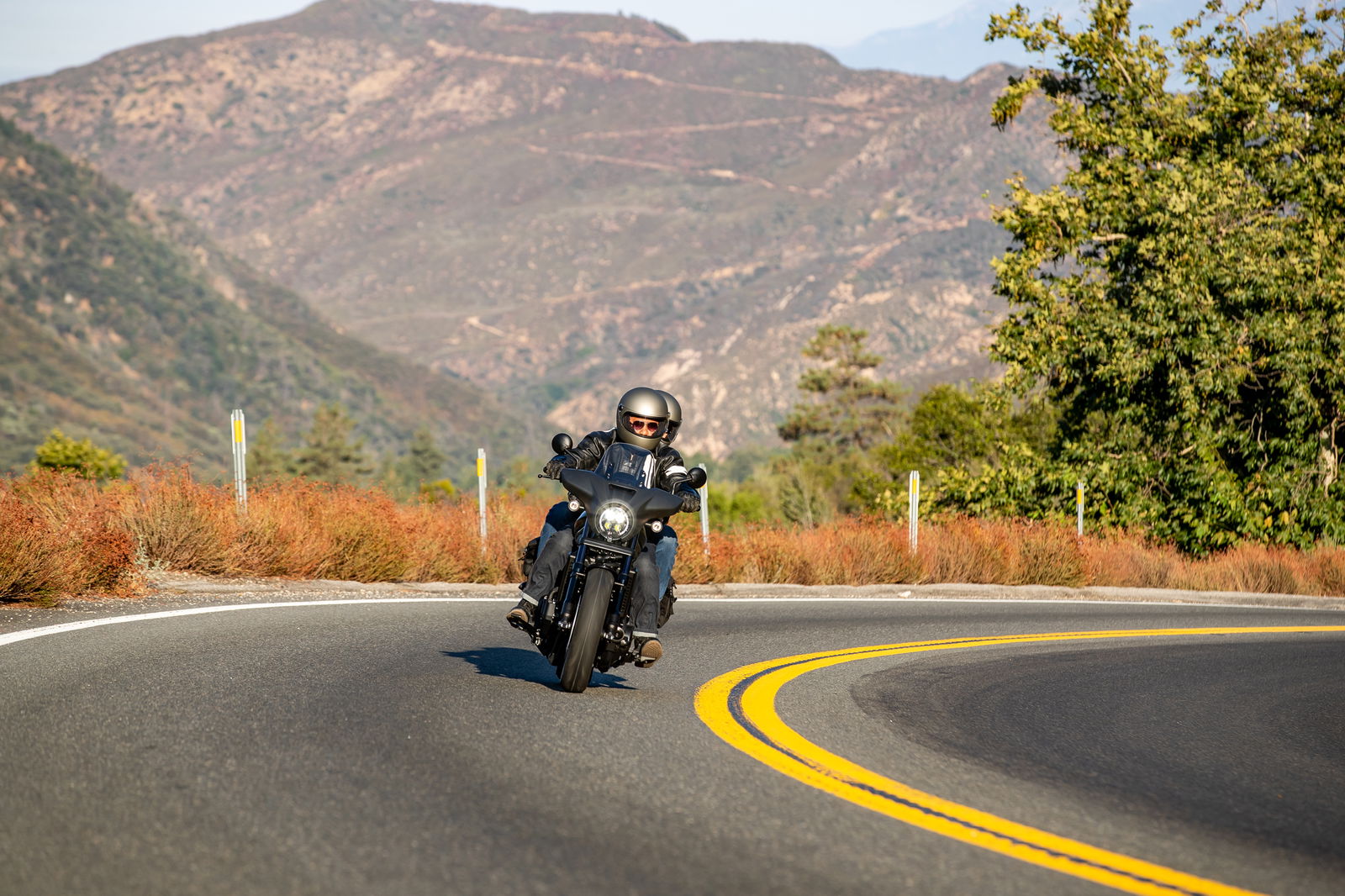
The engine is claimed to make 87bhp at 7,000rpm and a healthy 72lb-ft or torque at 4,750rpm. Internally, the new engine features a new crank which carries 32% extra flywheel mass to aid the bike’s low-end response.
The engine inherits the same 270° crank as the Africa Twin to mimic a V-twin delivery, although now it features an all-new exhaust system, and valve timing and lift compared to the adventure machine.
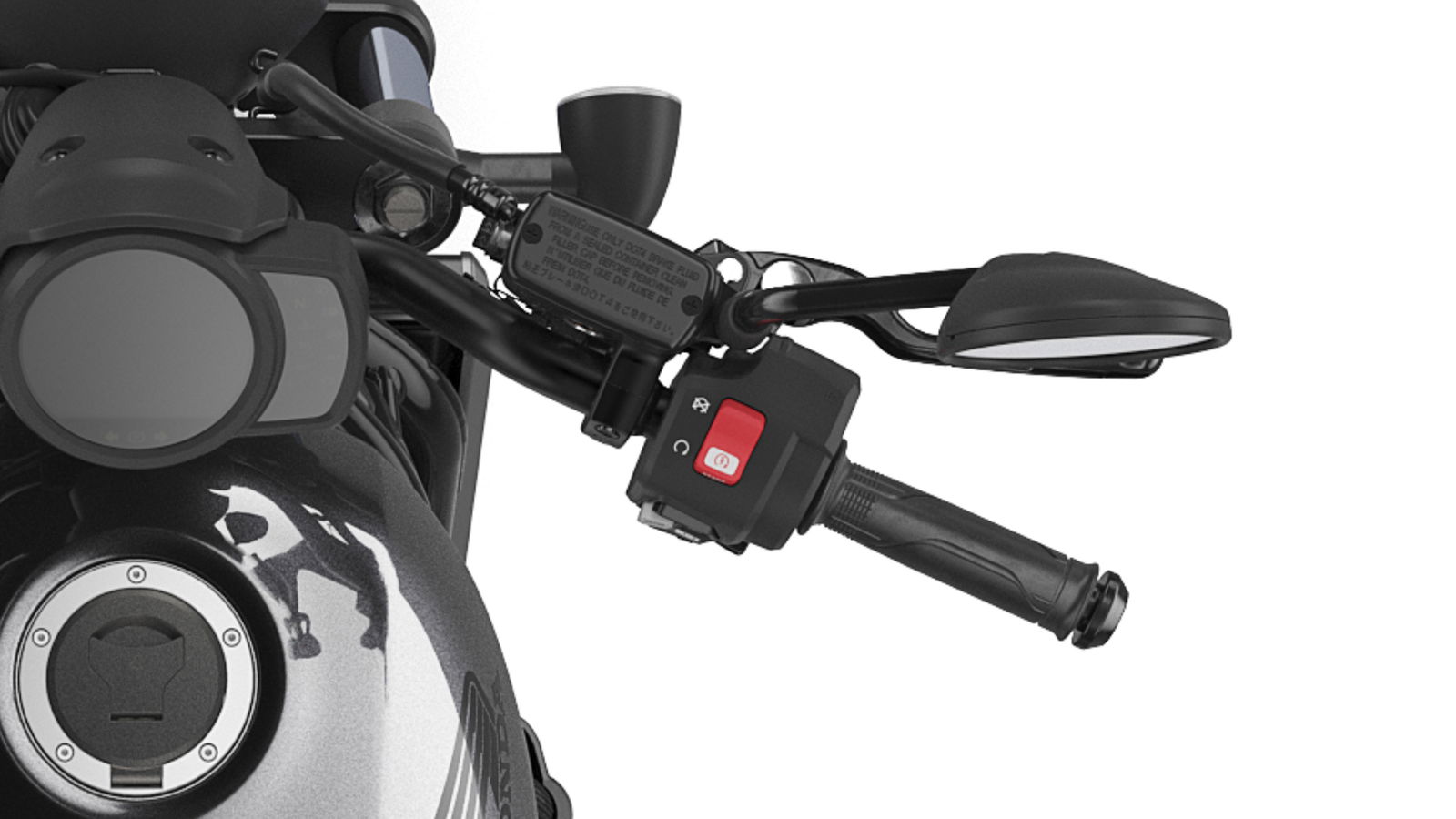
Equipment
- 3 default riding modes to choose from, plus USER customisation
- 3-level Honda Selectable Torque Control and Wheelie Control
The ride-by-wire throttle of the bike allows it to incorporate a host of high-spec assistance systems just like the Africa Twin. Unlike the that bike though, these are obviously all tuned for on-road riding.
The bike features Honda Selectable Torque Control (HSTC/traction control), and Wheelie Control. There are three pre-set modes for the rider to choose from covering Standard, Rain, Sport and a User mode. The modes are all selected through the left-hand switchgear.
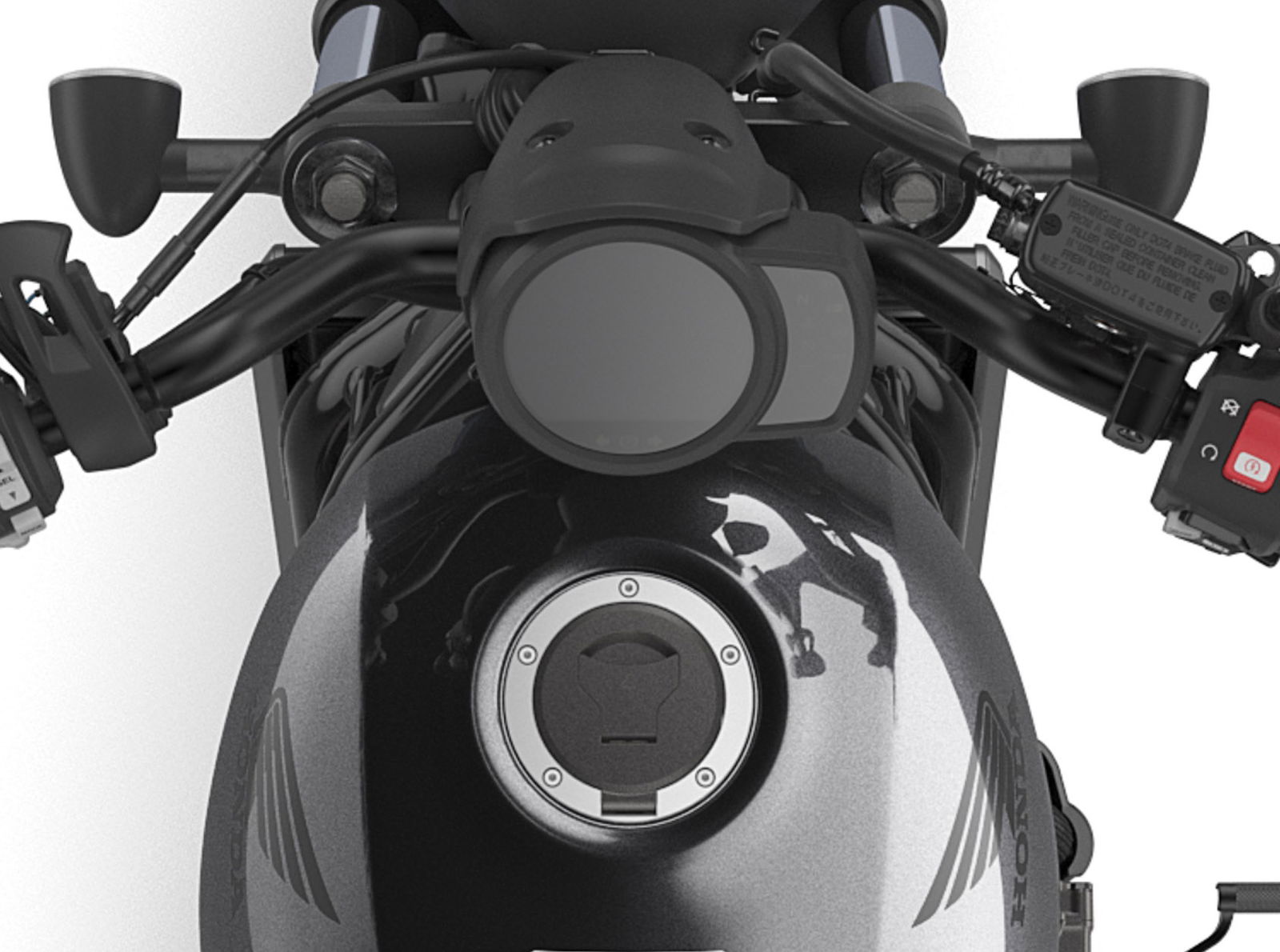
STANDARD offers a middle setting for engine power delivery, engine braking and Wheelie Control/HSTC, delivering a relaxed ride at low rpm and speeds while unleashing much more of the Rebel’s potential as the revs rise.
RAIN dulls down the delivery and engine braking and is matched to high Wheelie Control and HSTC. This is for relaxed riding and extra reassurance on wet or slippery surfaces.
SPORT gives aggressive engine power delivery and standard engine braking, with low Wheelie Control and HSTC intervention to allow maximum performance.
USER is a rider configurable setting, and once set, the settings within are automatically stored so there’s no need to re-set each time the ignition is turned on.
DCT option available
- 3 default D mode (automatic) shifting schedules mirror the riding modes
- USER mode offers customisation
One feature of the new bike that really makes it unique in the cruiser sector is the ability to spec the machine with a DCT (Dual Clutch Transmission) for either automatic or semi-automatic shifting.
As with the other DCT-equipped machine announced by Honda this year, the DCT on the new CMX 1100 Rebel features the latest tech that the factory can throw at it. That means you get three different shifting schedules to play with. There is also a manual setting that allows the rider to change gear using the buttons mounted on the handlebar.

Each shifting schedule is linked to a particular riding mode. Standard riding mode, the DCT shift pattern offers a balance between high-gear, low-speed cruising and low-gear, full-throttle excitement. Rain selects higher gears more quickly for a super-smooth ride. Sport delivers higher-rpm and lower gears holds onto revs for longer before upshifts, and downshifting at higher rpms for more engine braking effect. The User option also allows the rider to adopt any of the three DCT shift patterns in any riding mode according to preference.
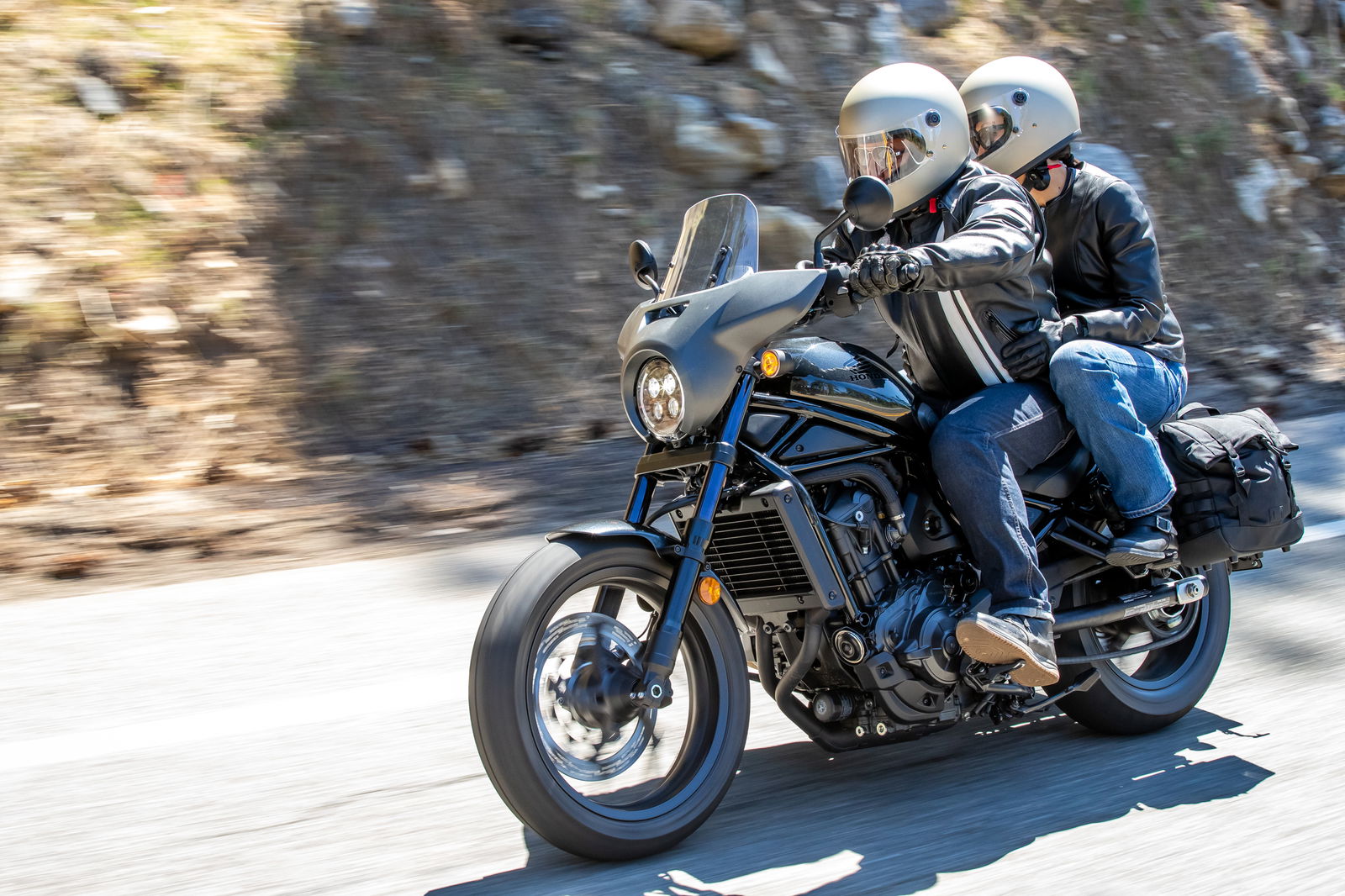
Chassis
- Signature tubular steel frame underpins Rebel styling
- Steering geometry provides stability with easy handling characteristics
- 43mm cartridge-style front forks and piggyback rear shocks, both spring-preload adjustable
- Radial mount four-piston front brake caliper and 330mm floating disc
The first thing you notice about the bike is how visually alike it is to the smaller CMX 500 Rebel. The tubular frame is based around the design of the 500 and features the same diagonal ‘theme line’ that runs from the headstock to the bottom of the seat unit.
Visually similar it may be, although naturally significant changes have taken place. The main tubes of the frame are now 35mm, with the swingarm also being a chunkier and more substantial item.
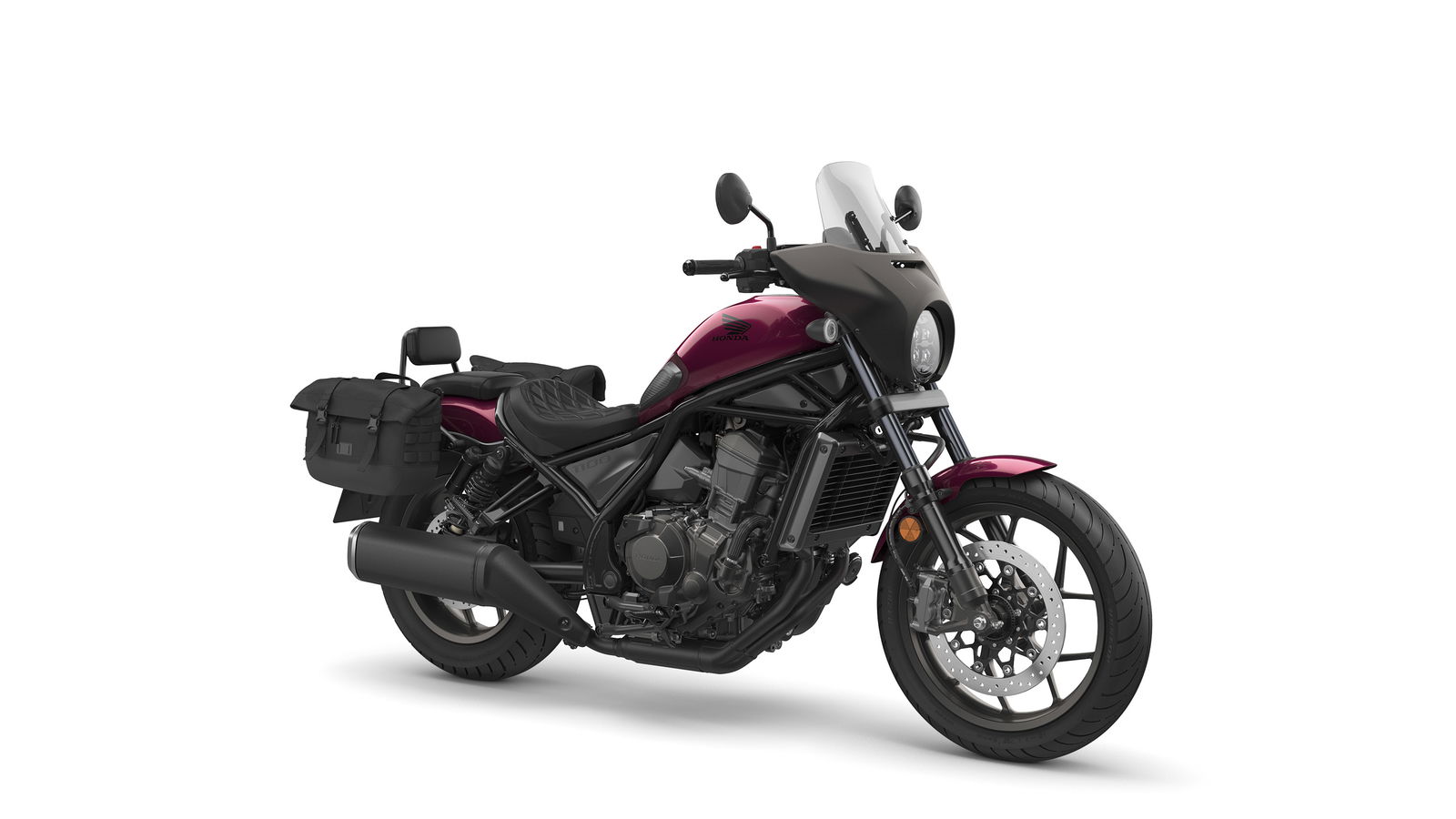
The wheelbase of the bike is set at 1,520mm, up from 1,488mm of the 500. The forks have a 30° angle, 2° offset - the trail is 110mm. This combination delivers the right look, but also straight-line stability and accurate, easy handling. Wet weight is set at 223kg for the standard Rebel 1100 and 233kg for the DCT-equipped option.
The front suspension is 43mm cartridge forks, with spring pre-load adjustability, while the rear suspension is twin rear shocks featuring a piggy-back reservoir. The rear shocks are also adjustable for spring pre-load.
The braking system includes a single radially-mounted monoblock four-piston caliper and 330mm disc, with a single-piston caliper and 256mm disc at the rear. The bike is running a two-channel ABS system, not the fancy cornering ABS of the Africa Twin.
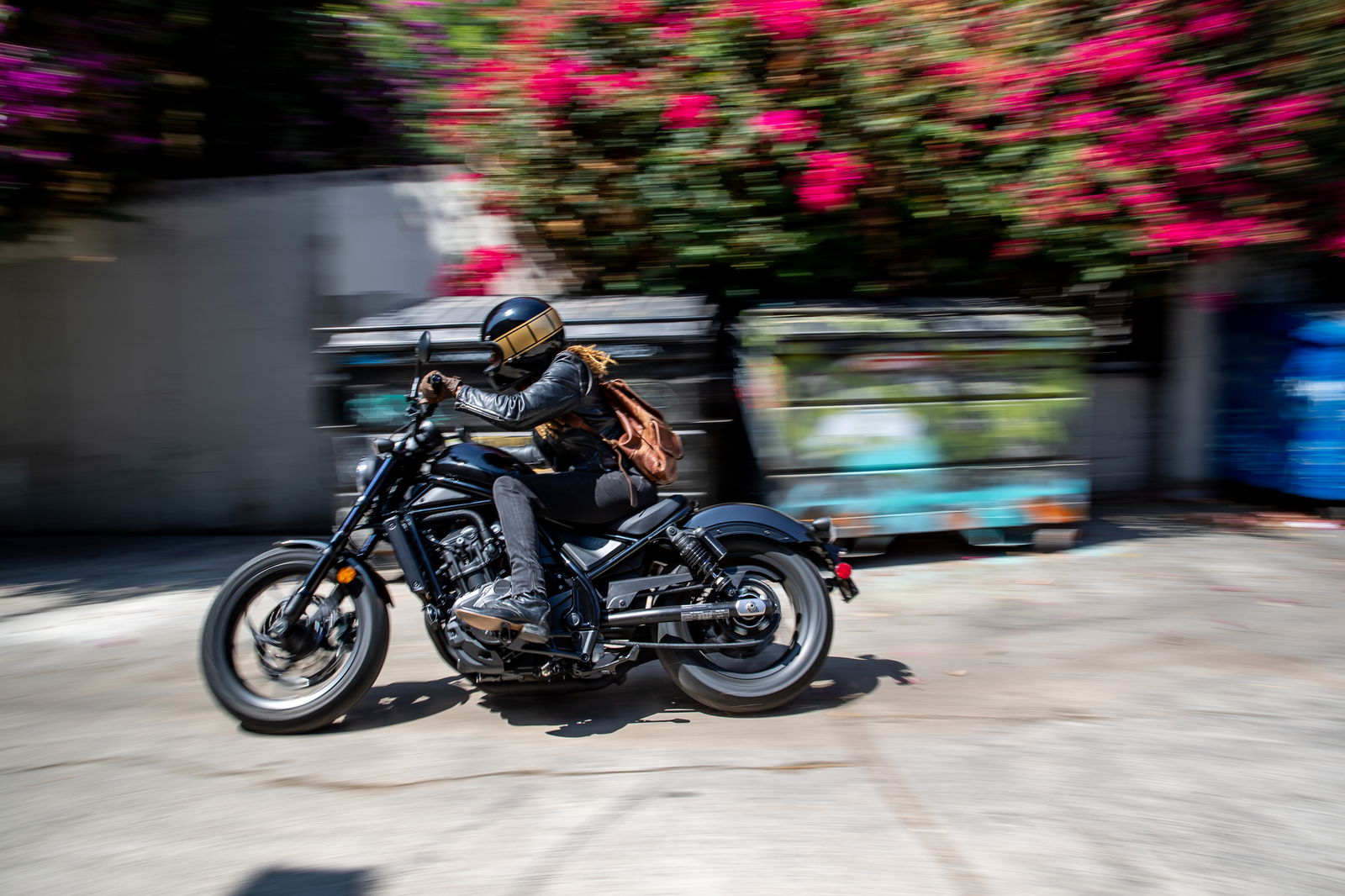
Honda CMX 1100 Rebel specs
ENGINE | |
Type | SOHC liquid-cooled 4-stroke 8-valve parallel twin with 270° crank and Uni-cam. EURO5 compliant |
Displacement | 1084cc |
Bore & Stroke | 92mm x 81.5mm |
Compression Ratio | 10.1:1 |
Max. Power Output | 64kW at7,000rpm |
Max. Torque | 98Nm at 4,750rpm |
Oil Capacity | 4.8/4.3 (5.2/4.7 DCT) |
FUEL SYSTEM | |
Carburation | PGM-FI electronic fuel injection |
Fuel Tank Capacity | 13.6L |
Fuel Consumption | 4.9L/100km - MT |
CO2 Emissions | 114g/km - MT |
ELECTRICAL SYSTEM | |
Starter | Electric |
Battery Capacity | 12V/11.2AH |
ACG Output | 0.419kW |
DRIVETRAIN | |
Clutch Type | MT:Wet multiplate clutch DCT: Wet multiplate hydraulic 2-clutch |
Transmission Type | MT: 6-speed Manual Transmission DCT: 6-speed Dual Clutch Transmission |
Final Drive | Chain |
FRAME | |
Type | Diamond |
CHASSIS | |
Dimensions (L x W x H) | 2240mm x 853mm x 1115mm - MT |
Wheelbase | 1,520mm |
Caster Angle / Fork Angle | 28° / 30° |
Trail | 110mm |
Seat Height | 700mm |
Ground Clearance | 120mm |
Kerb Weight | MT: 223kg / DCT 233kg |
SUSPENSION | |
Type Front | Preload adjustable 43mm cartridge style |
Type Rear | Preload adjustable twin piggyback rear shock |
WHEELS | |
Type Front | Multi-spoke cast aluminium |
Type Rear | Multi-spoke cast aluminium |
Rim Size Front | MT3.50 |
Rim Size Rear | MT5.00 |
Tyres Front | 130/70B18 M/C |
Tyres Rear | 180/65B16 M/C |
BRAKES | |
ABS System Type | 2-channel ABS |
Type Front | Radial mounted monoblock four-piston brake caliper, 330mm floating single disc |
Type Rear | Single piston caliper, 256mm single disc |
INSTRUMENTS & ELECTRICS | |
Instruments | Offset 120mm negative LCD instrument display, USB-C charger |
Security System | HISS |
Headlight | LED |
Taillight | LED |
